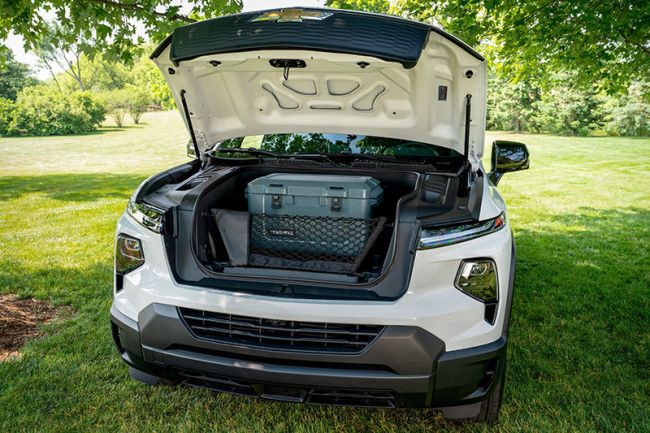
Fleet Electrification Plans Face Reality Check Amid EV Slowdown
Last year’s NTEA Work Truck Week was a parade of new electric vehicle launches.
But if recent news is a sign, the bullishness toward EVs might be more subdued at this year’s show in Indianapolis in March.
The Sudden Downshift
Until a couple of months ago, the EV market looked unstoppable.
EV sales reached their highest level in the second half of 2023, hitting 17.9% of total light-duty vehicle sales amid the introduction of 20 new EV models during the year, according to the U.S. Energy Information Administration. Meanwhile, the average price for battery-electric vehicles fell 24.2% between mid-2022 and December 2023, largely due to Tesla price cuts, significantly closing the price gap with non-EV models.
All good signs, right?
But as of press time, the EV market growth rate has slowed sharply, putting the industry at risk of not meeting the upcoming zero-emission mandates.
Check out the following recent developments.
1. Ford cuts F-150 Lightning production for 2024.
In January, Ford sold 4,674 all-electric vehicles, 11% less than a year ago and the lowest level since April 2023, according to Inside EVs (https://insideevs.com). That’s also just 3.2% of the brand’s total volume (compared to 5% to 6% in late 2023).
F-150 Lightning pickup truck sales dipped 0.3% year-over-year to 2,258 units. But sales of the Mustang Mach-E were hit the hardest, plummeting 51% to 1,295 vehicles. The lone bright spot was the E-Transit commercial van, which saw sales more than triple to 1,121 units, up 214%.
Ford informed suppliers in December that it had cut expected F-150 Lightning EV truck production to approximately 1,600 per week starting in January 2024, down from the previously planned 3,200 per week, according to Reuters.

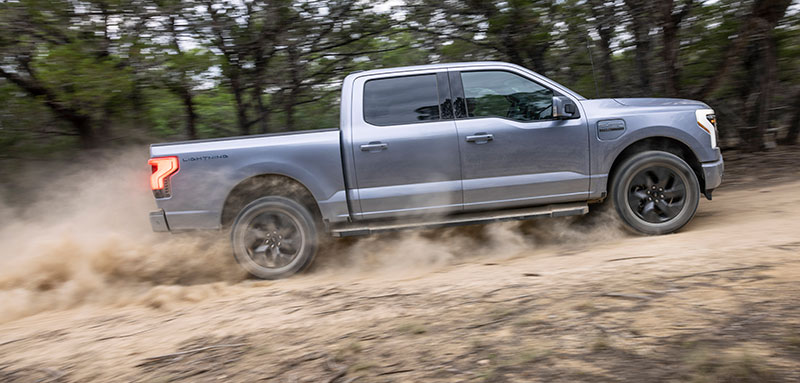
2. GM dials back EV commitment and shifts focus to plug-in hybrids.
General Motors recently disclosed significant losses and setbacks in its earnings call in January, raising doubts about its ability to meet aggressive EV production targets. Specifically:
- GM lost billions due to the UAW strike and high battery costs.
- GM is shifting focus from EVs to plug-in hybrids, marking a pullback from previous electrification goals.
- GM’s troubled Ultium battery program, originally touted as flexible and cost-effective, is falling short of expectations, as evidenced by high costs and the problematic Hummer EV rollout.
- The Blazer EV launch has also faced software issues, needing a stop-sale order days after documentation of multiple fault codes.
“Let me be clear, GM remains committed to eliminating tailpipe emissions from our light-duty vehicles by 2035,” CEO Mary Barra said on the call. “But in the interim, deploying plug-in technology in strategic segments will deliver some of the environmental benefits of EVs as the nation continues to build its charging infrastructure.”
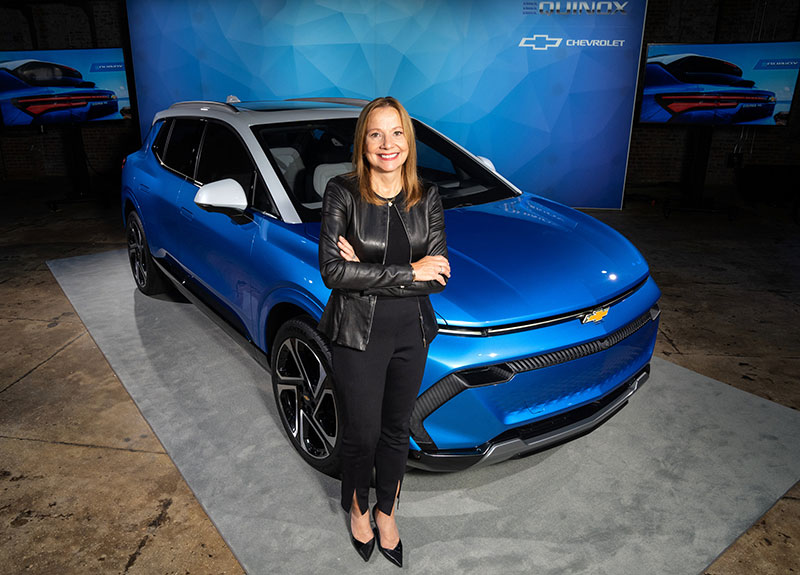
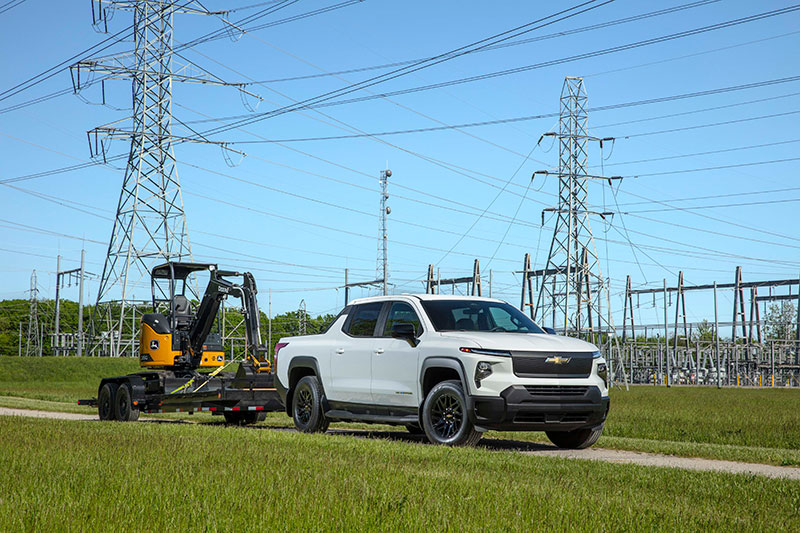
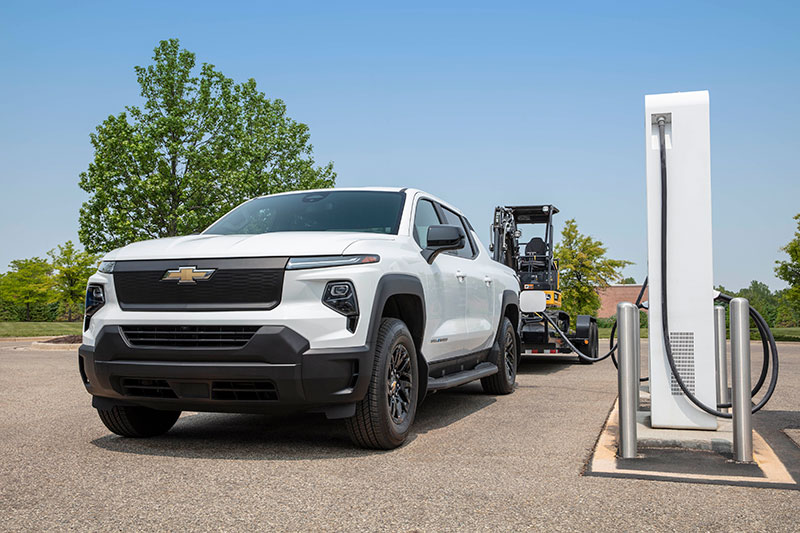
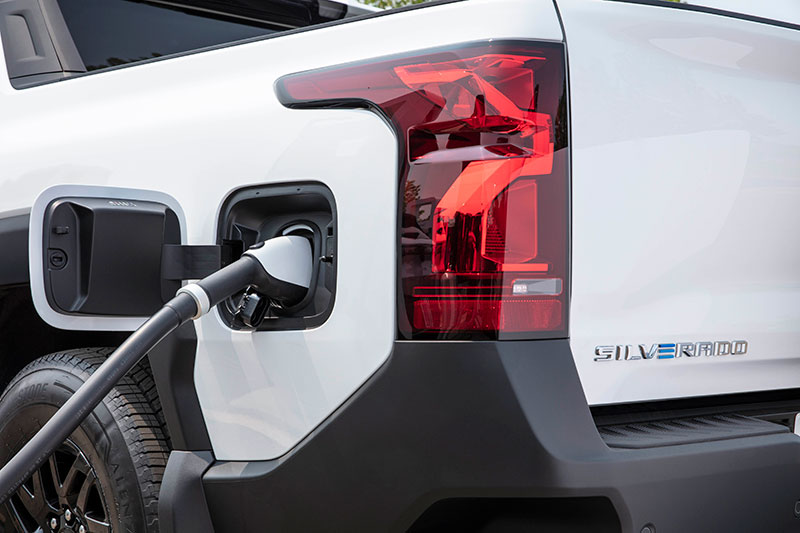
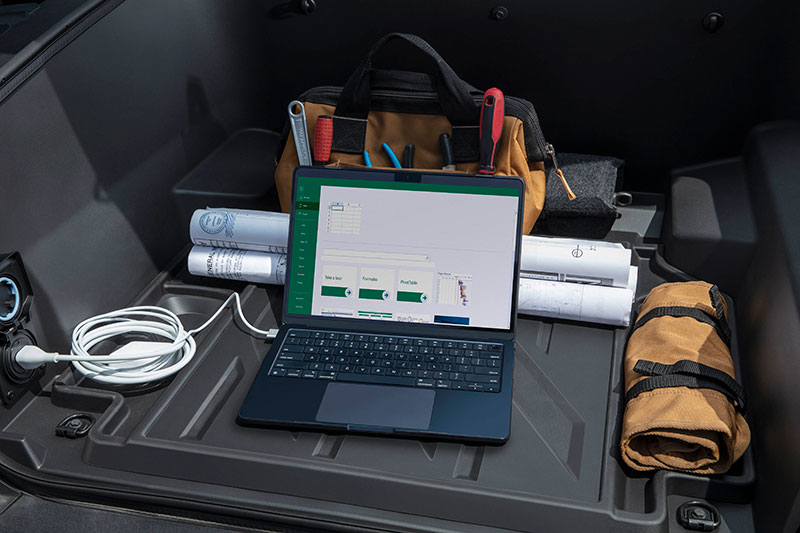
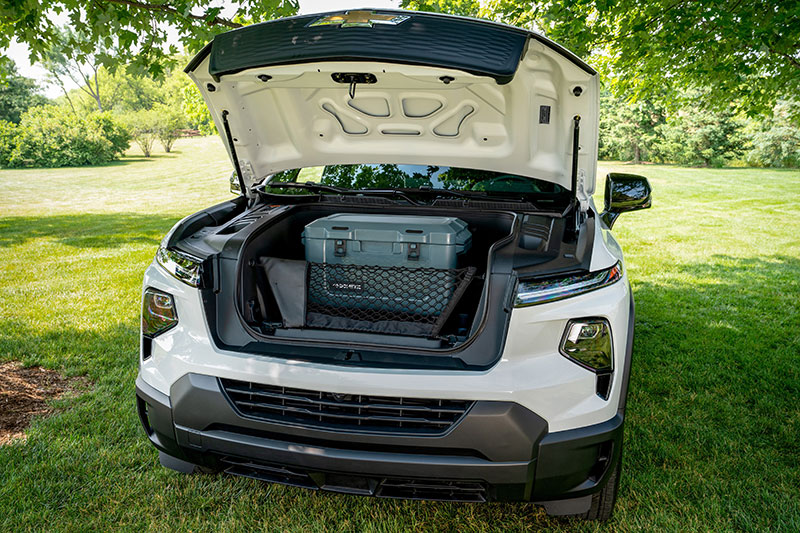
3. Hertz pauses EV expansion amid mounting losses.
Hertz has backtracked from previous bold commitments to electrify its rental car fleet. After pledging to buy 100,000 Teslas and 65,000 Polestars, the company has now paused plans to acquire more EVs from Polestar amid escalating losses from much higher depreciation costs and lower resale values than Hertz anticipated. Last month, it announced plans to sell 20,000 of its Teslas or one-third of its current EV stock.

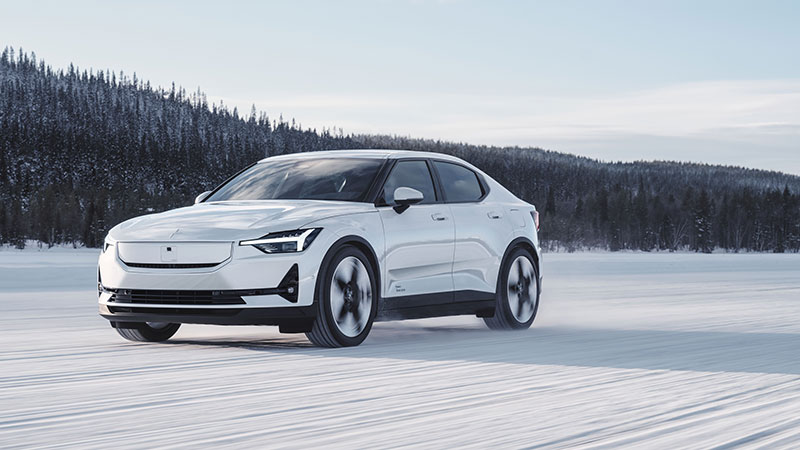
4. Volvo cuts funding to Polestar.
Volvo said it wouldn’t provide further funding to Polestar. The move comes despite Volvo having helped launch Polestar in 2017 in partnership with its largest shareholder, Geely. While Polestar will carry on with Geely’s full backing, it has sputtered since going public in 2022, delivering fewer than 55,000 vehicles last year and planning a 15% workforce cut amid a plunging stock price.
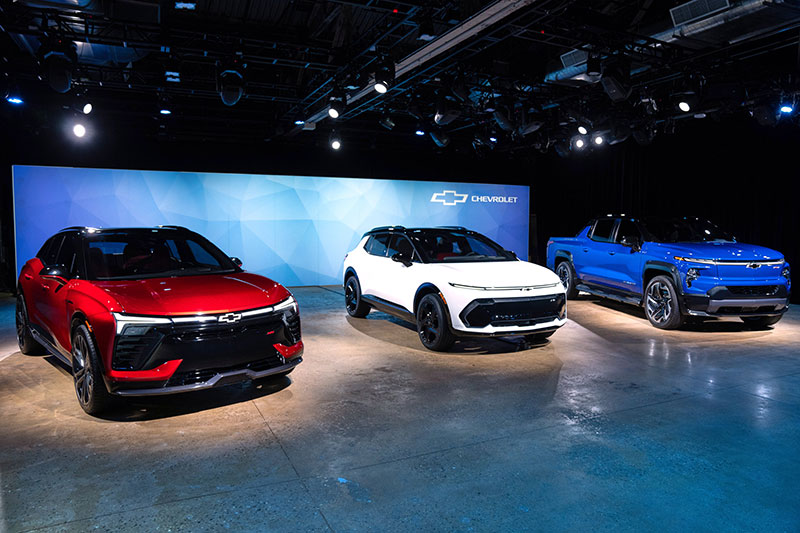
5. Auto dealers pushing back against ‘unachievable’ EPA rules.
Over 4,700 auto dealerships recently sent a letter to President Biden urging him to stop the EPA from moving forward with implementing stricter vehicle emissions standards. The dealers argue that meeting the EPA’s targets is unrealistic given current EV consumer demand, charging infrastructure deficiencies and reduced tax incentives. They want the administration to “hit the brakes” and completely halt the EPA’s emissions reduction efforts.
The Impact on Fleet
Many employers in the utility industry have set ambitious zero-emission targets by 2030, 2035 or 2040. Those milestones are fast approaching. So, how does this news impact you as a fleet professional? What adjustments should you make?
As you confront the uncertainties in the EV market, here are key questions to ask yourself:
- Do I have the latest data on EV model availability to update projections for meeting our fleet electrification timelines? For example, how will reduced production expectations for models like the Ford F-150 Lightning impact supply?
- Have I fully explored total cost of ownership impacts for EVs given recent declines in resale values, battery replacement costs, downtime for charging and other unexpected operating expenses?
- With charging infrastructure lagging, how will limited on-the-road charging options impact vehicle utilization and effectiveness for crews away from home base?
- Can my fleet adopt a higher mix of hybrids and plug-in hybrids as a bridge solution while we wait for conditions to be better for battery-electric vehicle adoption? This approach could mitigate some immediate capital costs.
- Am I regularly connecting with my OEM partners to have a finger on the pulse of where there might be delays, shortfalls or roadblocks? This open communication channel can serve as an early warning system.
- Where could scaled-back ambition or delayed rollout plans regarding fleet electrification put my company’s emission goals in jeopardy? Preventing these sustainability repercussions needs consideration.
- Do current conditions warrant adjusting our vehicle replacement cycling plans and extending the life of some gasoline-powered fleet assets as we monitor the market? This could allow flexibility.
The Bottom Line
The path to fleet electrification is proving rockier than expected. While the long-term trajectory still points toward EVs, near-term challenges have triggered a needed reality check. Rather than forging ahead with overly optimistic targets, fleets should take a balanced approach: pursuing electrification where it pencils out today while laying the groundwork for larger-scale adoption down the road as more supportive conditions emerge.

